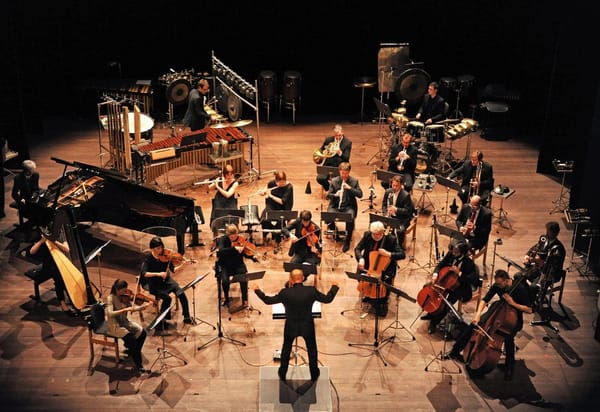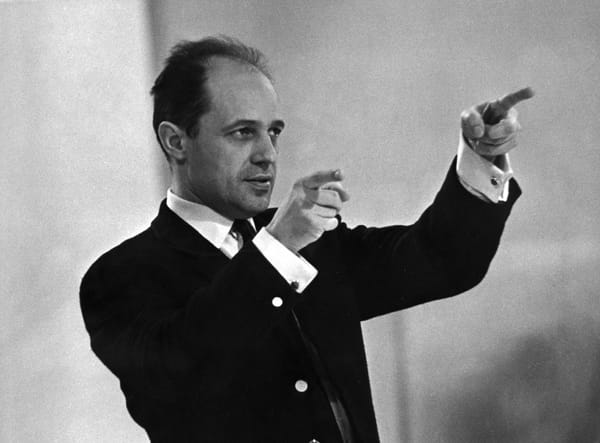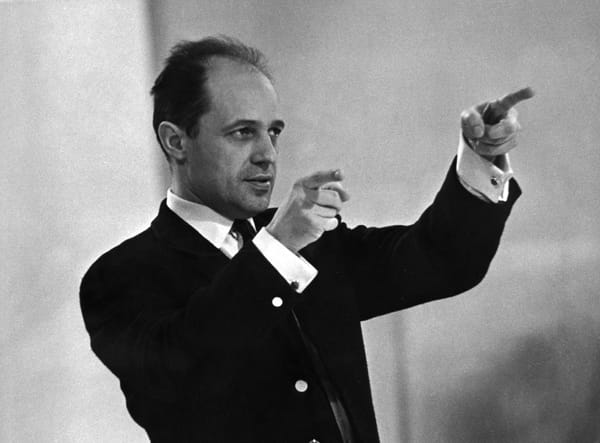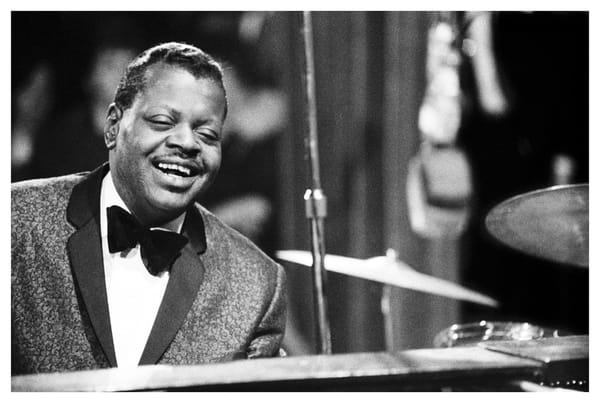Pli selon pli: unravelling genius with the Ensemble Intercontemporain
Emiel de Lange reflects on a season of Pierre Boulez at the Barbican
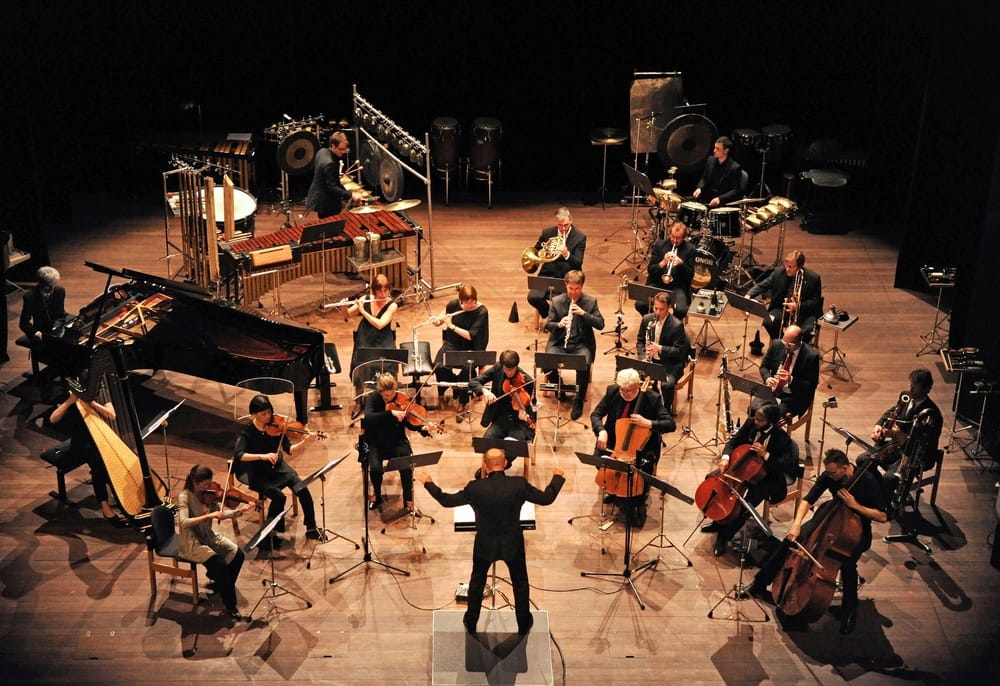
The Barbican brought their ‘Boulez at 90’ celebrations to an end last week with a tribute from the composer’s own ensemble, the Ensemble Intercontemporain.
This was a rare chance for Londoners to hear cutting edge music from one of the world’s best contemporary music groups and a fitting tribute to one of modern music’s sharpest minds.
Paradoxically, the evening began 100 years earlier with a piece from 1913; Debussy’s ‘Syrinx’ for solo flute. Although only a few minutes long, the exotic and fragmentary abstractions of the music, performed wonderfully by Sophie Cherrier, served as an eye-opening prelude to Boulez’s ‘…explosante-fixe…’, also for flute.
Pairing these pieces in this way demonstrated continuity in 20th Century musical thought that is often difficult to grasp. When heard alone, the chaotic whirlings and sudden explosions of ‘…explosante-fixe…’ can seem confusing, but here they gained a new clarity and the swings in texture became hypnotic.
Next the ensemble brought out two pieces from what could be described as the cutting edge of music, both by young composers. Although very different, these pieces shared a sort of youthful energy, and also a naïveté – in my view missing the elegance that is very present in the music of Boulez, but still offering a fascinating glimpse into newly explored worlds of sound.
The first of these works, Asymétriades by Yann Robin, was a sort of concerto for the double bass, with the bassist doing almost everything imaginable on his instrument besides actually playing it. All kinds of noises were conjured from its beautiful wooden figure; strings clattered against the fingerboard, the bow scratched along the metal fork, and vaguely pitched bumps emanated as the fingers of Nicholas Crosse danced along its neck.
According to the programme notes, composer and bassists collaborated extensively in exploring the instrument’s possibilities. Over a twenty-minute stretch this exploration seemed exhaustive, perhaps exhausting as well. The nature of the instrument dictated a world of aggressive noise and unrepentant aural terror crashing like waves before dissipating again. Robin’s orchestra provided a suitably unforgiving backdrop. Overall, although I felt this music was undeniably inventive and certainly original, it felt a slight bit one-dimensional.
The second, Choc (Shock), was a chance for the conductor, Matthias Pintscher, to demonstrate his own writings. Immediately it seemed a piece with depths beyond those of Asymétriades. It began with fragments of a melody in the bassoon, that were taken over by the orchestra before coalescing and erupting. I was most impressed by the subtle ways in which instruments were recombined and matched, creating a kaleidoscopic variety of timbres. The music appeared to follow an organic structure too, as towards the end an opening of the texture and broadening of the tempi signalled a well-timed coda. Although it is unfair to make such comparisons after only one listening, of the two pieces I felt this was the more interesting.
However, the subsequent performance of Boulez’s mammoth work, Sur Incises, provided an insurmountable perspective. By comparison, the preceding music seemed childish, exploring gimmicks and relying on cheap effects. In last week’s Felix, I discussed the ambitions of Boulez to craft a new musical language to suit our times. _Sur Incises _is one of the most successful examples of this – it has a coherence that is remarkable, it just all makes sense.
Scored for three groups, each comprising a piano, a harp and percussion, the timbres are somewhat constrained giving the sound world focus. The textures are dense and complex, but they have a concerted feel to them, as if each instrument is moving in parallel. Words can only convey so much, I urge you to listen for yourself.

